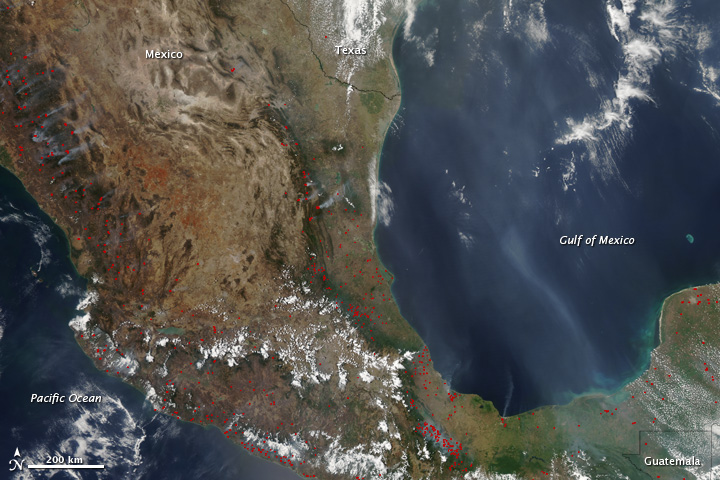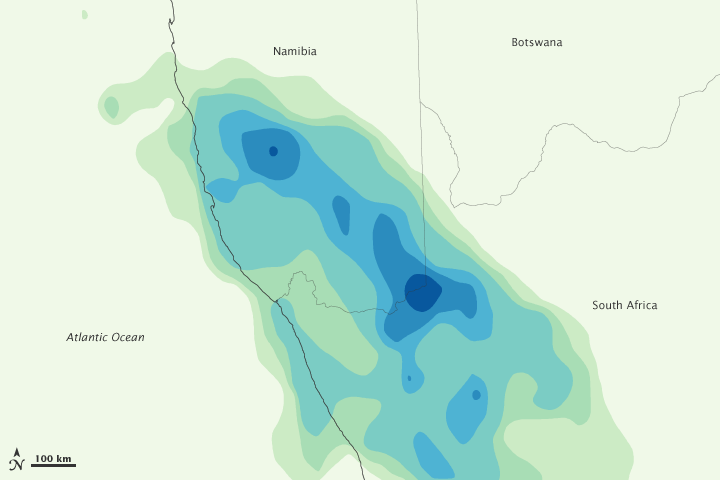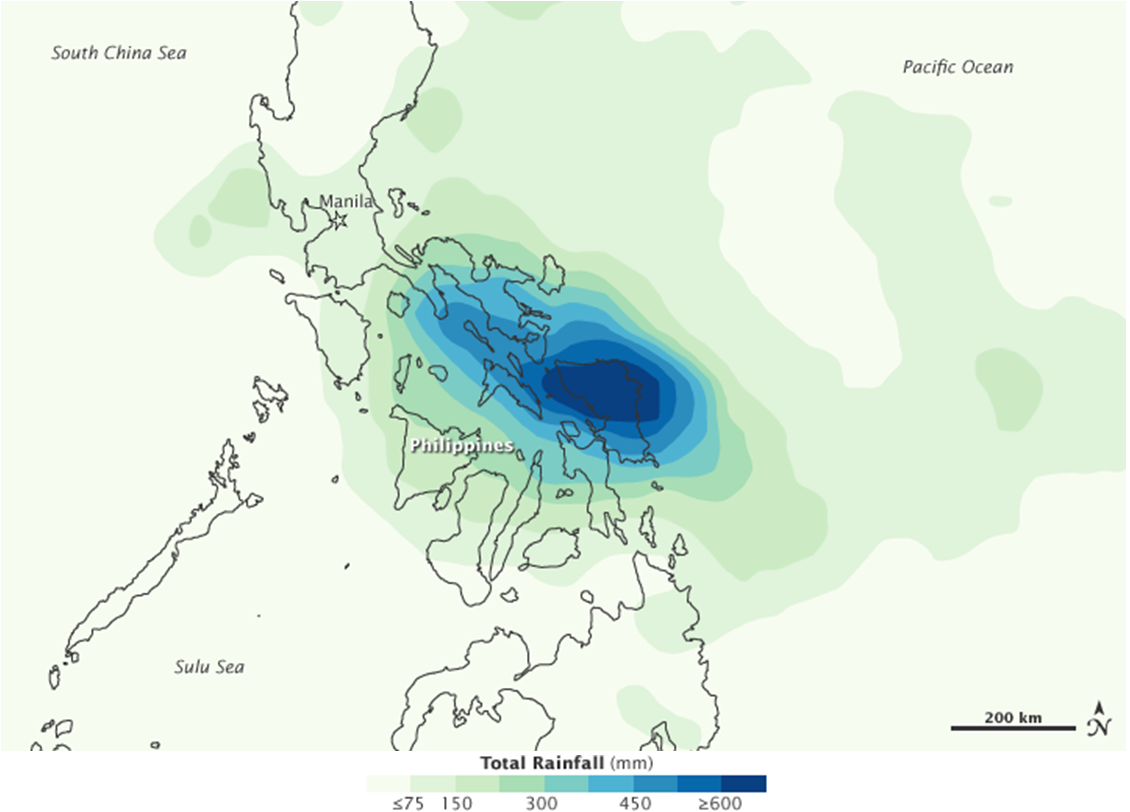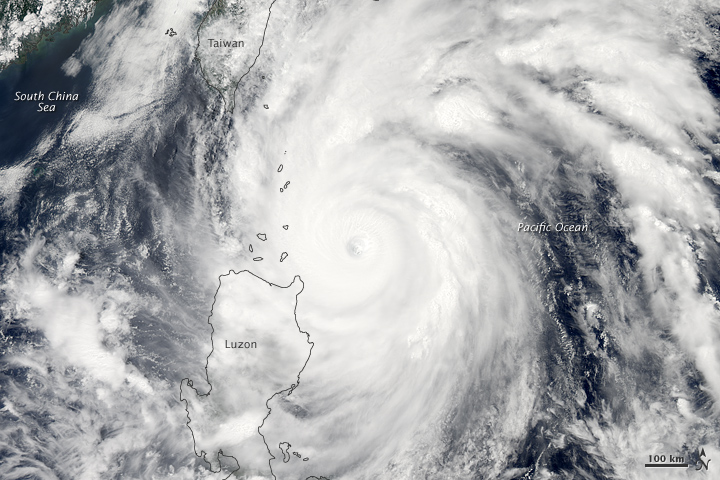Updated 31 May 2011

Extremely dry conditions dominated western Europe and the British Isles during April and the first half of May. On May 16th, strong winds across most of the United Kingdom, combined with the dry weather, created ideal wildfire conditions. Over 100 firefighters were sent to battle the blazes in Berkshire. The U.K. fire service states that the blaze exceeded the 1992 Windsor Castle fire, in terms of the resources deployed to fight the flames. According to the British Broadcast Corporation (BBC), this might be the largest blaze in the country’s history. Dry peat burned underground, making containment difficult. According to a fire chief, it would take days of rainfall to extinguish the fires. Several people were forced to evacuate their homes and escape the out of control fires.
Between May 12th–16th, 116 large wildfires burned across the Canadian province of Alberta, and 34 of those fires were deemed to be out of control. By the 16th, nearly 82,000 acres (33,000 hectares) were burning across the province. The fires impacted the oil and natural gas industry across the northern parts of the province, shutting down thousands of barrels of output. The Canadian government sent 1,000 firefighters, 100 helicopters, and 20 water tankers to battle the blazes. The hardest hit town was Slave Lake, where all 10,000 residents were ordered to leave the area. Many of the residents fled to the outskirts of the town and set up a refugee camp in a Walmart parking lot, while many others fled further. The fires had cut off all exit routes except for a single highway heading east, but the heavy traffic slowed the exodus. By the 17th, over 40 percent of Slave Lake had been destroyed by the flames.
May typically marks the end of the fire season across Mexico, but dry conditions during the month caused widespread wildfires to continue to spread. By May 19th, 1.3 million acres (530,000 hectares) had burned across Mexico, according to the government, year-to-date. This marked the most acres burned in at least 13 years. Heavy tropical rains during the summer and fall of 2010 caused significant vegetative growth, and when the winter dry season began in October, ample fuel was available for wildfires. April and May was particularly hot and windy across Mexico, causing fires to quickly grow out of control. Many of the fires were set intentionally to clear agricultural land, but farmer’s lost control of the flames. Most of the fires burned across grasslands, limiting the ecological impact, compared to the massive forest fires of 1998 across the country.

A slow moving catastrophe which began across the Upper Midwest of the United States during the end of April slowly made its way southward along the Mississippi through May. The floodwaters, which were driven by rapid snowmelt and heavy rains across the Upper Mississippi River Valley, were exacerbated across the Mid Mississippi River Valley at the confluence of the Mississippi and Ohio rivers. The Ohio Valley experienced a very wet April, and numerous states in the region had record wet Aprils, and caused the river to swell to near record levels. From the conjunction of the two massive rivers, southward to the Gulf of Mexico, flood waters crested along the Mississippi River which have never before been experienced. Some of the hardest hit cities included: Cairo, Illinois, Memphis Tennessee, and Vicksburg and Natchez, Mississippi. After a court battle between the state of Missouri and the Army Corps of Engineers, a levee was destroyed near Birds Point, Missouri, flooding hundreds of thousands of acres of farmland to save the town of Cairo situated at the confluence of the Ohio and Mississippi rivers. As the flood waters continued moving southward, on May 15th, the U.S. Army Corps of Engineers decided to open the Morganza Spillway and the Bonnet Carre Spillway in eastern Louisiana. This was meant to protect the highly populated areas of Baton Rouge and New Orleans and the infrastructure around the ports of the cities. The ports of southern Louisiana handle more tonnage of freight than any other region in the country. The diversion of the water into the Morganza spillway flooded thousands of acres of farmland and homes as the water moved towards the Atchafalaya River. This marks only the second time that the spillway has had to be opened, with the first being in 1973. The Bonnet Carre Spillway diverted water from the Mississippi, around New Orleans, into Lake Pontchartrain, causing fears of damage to the lake's fragile ecosystem. The total cost of the damage along the Ohio and Mississippi Rivers will take several months to determine, but will likely exceed several billion U.S. dollars.
The unusually wet rainy season across northern Colombia continued into early May 2011. To-date the heavy spring rains have killed at least 425 people, left 482 people missing, and caused billions of dollars worth of damage. In all, nearly three million people have been affected. According to an official from Colombia’s weather service, the country has received at least five times the typical rainfall for the season. This flooding is on the heels of Colombia’s second deadliest flood year (2010), and many of the rivers and streams had not fully receded before this new round of rain. According to satellite data, up to 32 inches (810 mm) of rain fell across the northern parts of Colombia during the first 14 days of May.
In Manitoba, Canada snowmelt and heavy rains created incredible flooding along the Assiniboine River. The flood levels were determined to be at a 1 in 300 year flood level. Early during the spring snowmelt, the worst flooding was expected to occur along the Red River, which flows northward from the U.S. and through Winnipeg, but instead the brunt of the flooding occurred to the west, along the Red River’s tributary. To prevent severe flooding further downstream on major population centers, the Canadian government breached a levee to divert water from the river into Lake Manitoba along a spillway. The diverted water flooded nearly 55,600 acres (22,500 hectares) of farmland and destroyed 150 homes, much less damage than what would have occurred if an unintentional breach had occurred or if the flood waters made it to Winnipeg. Property and economic damages were expected to surpass one billion U.S. dollars.
On May 8th, a landslide trigged by heavy rains buried 20 workers near the town of Guilin in southern China, according to the Chinese state media. The landslide followed a rainstorm across the region on May 6th-8th. The steep local terrain channeled the flood waters into rivers and loosened banks. More than 4 inches (10 cm) of rain was observed in Guilin over a 24-hour period. In the nearby village of Zhongfeng, 70 residents were forced to flee their homes.
Heavy spring rains, combined with snow melt, caused significant flooding on Lake Champlain. Lake Champlain straddles the border between New York, Vermont and Quebec, and is the sixth largest natural fresh water lake in the United States. The lake level crested near 103 feet (31.4 meters), several feet above flood stage on May 7th. This breaks the record crest of 102.1 feet (31.1 meters) which occurred in May 1896, prompting the governor of Vermont to declare a state of emergency. The flooding inundated several roads and property around the lake’s 600 miles (965 km) of shoreline. To the north, the Richelieu River, which is the lake’s outlet, experienced a 150-year flood, forcing the evacuation of 1,000 people just south of Montreal. A significant concern of the flooding is the excessive runoff of phosphorus from the flooded agricultural fields along the lake’s coast. Over the course of a few weeks the same amount of phosphorus that enters the lake annually made its way into the lake. The high influx of phosphorus can create toxic algae blooms during spring and summer. By the 17th, the water level had fallen several feet, but was rising again towards a second crest due to additional rainfall.
Heavy rains which plagued the southwestern African nations of Angola and Namibia during the previous three months continued into early May, and shifted southward, bringing heavy rains into South Africa. Rainfall estimates of up to 2.8 inches (71 mm) were observed across the very arid region, bringing as much rainfall that typically falls within an entire year on May 5th. Other regions having above average rainfall over the past several months included southern Tanzania, Cameroon, Congo, and Madagascar. The Kuiseb, Boteti, and several other rivers approached record high flow levels. Several hundred thousand residents have been displaced by flooding in Namibia, and at least 62 deaths have been reported. Officials in the region are concerned about water and mosquito borne illnesses due to the standing water.
Heavy rain and snowmelt between May 18th and 27th caused many rivers across central Montana to swell beyond their banks. The Musselshell River crested at 14.75 ft (4.5 m) on May 26th, which surpassed the previous record of 12.9 feet(3.9 m) set in 1975. The Yellowstone River crested at its third-highest level on record on Billings, Forsyth, and Miles City. Some locations across south central Montana received nearly a foot of rain during the period. Numerous roads and bridges were closed or washed out, and stretches of Interstate Highway 90 were closed. Several reservoirs across the state reached their capacity and neared the point of overflow. Residents of Great Falls were worried about the Gibson Reservoir overflowing, which would have flooded many parts of the town.
Related to the flooding across Montana, many rivers across parts of the Dakotas and northwestern Wyoming also breached their banks the last week of May. Heavy rains and snow melt caused the James River and the Missouri River to rise above flood stage. Thousands of residents were placed under a voluntary evacuation order, although there was still the possibility of mandatory evacuation orders would be issued, which could last up to several months, according to state government officials. Makeshift levees were built to protect the towns of Pierre and Bismarck in South Dakota, and hundreds of National Guard troops from South Dakota, North Dakota, and Wyoming were called in to help battle the floods. The floodwaters reached their highest levels on May 30th, when federal agencies decided to release water from overfilled reservoirs to ease the pressure on dams. In North Dakota, flood waters along the Souris River caused damage to a sewer main in Minot, and residents were asked to plug drains and toilets to prevent sewage backup into homes.

Tropical Storm Aere impacted the eastern Philippines between May 7th–9th, bringing heavy rains to many regions of the nation. The rains and subsequent landslides across the mountainous terrain displaced 100,000 people and killed 31 people. In the town of Catarman, 14.9 inches (377.4 mm) of rain fell in just 24 hours, resulting in flash flooding. The storm brought too much of a good thing to drought stricken agricultural regions. The rains helped to compensate for rainfall deficits, but caused up to 8.4 million dollars worth of crop damage. When the storm made landfall it had winds of 53 mph (85 km/hr). The storm caused 50 flights to be cancelled from the busy Manila airport. The storm was downgraded to a tropical depression as it moved off to the north, bringing rain to Taiwan and southern Japan.
Between May 19th–29th, Super Typhoon Songda tracked northward through the Eastern Pacific Ocean. Although the storm never made landfall along the Philippines, it created wet and windy conditions over portions of the islands. At its strongest, Songda had maximum sustained winds of 122 mph (195 km/hr) with gusts up to 150 mph (240 km/hr), making Songda the first Category 5 tropical cyclone of 2011 globally. The Filipino government evacuated nearly 250,000 residents along the nation’s eastern coasts, just in case the storm moved closer than expected. One death in the Philippines had been ascribed to the storm, according to the Philippines disaster council. As the storm moved northwards toward Japan, it weakened significantly and became a tropical depression on the 29th. The storm remnants brought heavy rain to much of Japan, and at least 57 people on the southern Okinawan Islands suffered storm-related injuries. Up to six inches (150 mm) of rain fell across parts of Japan, including northeastern Japan, causing complications at the Fukushima nuclear power plant, which was heavily damaged by the massive earthquake and tsunami in March 2011.

Above-normal precipitation and snow melt contributed to high river levels across the Columbia River basin in the U.S. states of Washington and Idaho. The U.S. Bureau of Reclamation released large amounts of water from the Grand Coulee dam during the end of May to protect its structural integrity. The increase in water flows through the dam caused a large release of nitrogen into the water, inducing a massive fish kill. Hundreds of thousands of fish along the Columbia River have died from the bends. Gas levels have been measured at more than 130 percent of normal. Twenty miles south of the Grand Coulee dam, a trout farm was losing 100,000 fish a day resulting in 30 million U.S. dollars in economic damage. A wide range of wild species were being affected in the river, including bull trout, sturgeon, and lamprey. The economic consequences of not releasing the water and having a reservoir fail would be much greater than the economic and environmental costs of the gas release. The increased water flow is having one positive effect by helping juvenile salmon make their way downstream to the Pacific Ocean faster, and avoiding predators.
 NOAA's National Centers for Environmental Information
NOAA's National Centers for Environmental Information










